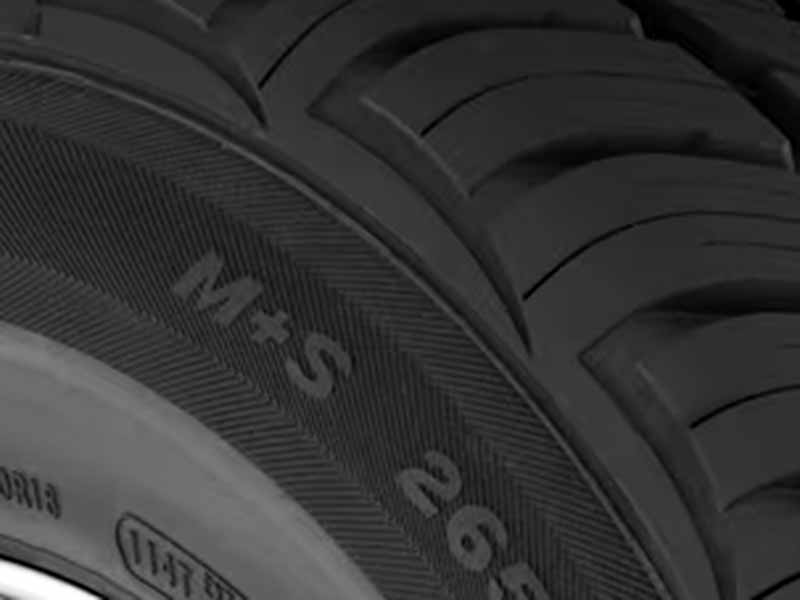Ever noticed the side of a tires and wondered what the heck “M+S” stands for? Are we talking about a secret tire language or some mysterious tire society? No need to scratch your head anymore – we’re here to unravel this tire riddle!
What Does M+S Mean On A Tire?
The M+S marking on a tire stands for “Mud and Snow”. It’s a type of all-season tire designed to perform better than standard all-season tires in light snow and muddy conditions.
In this article, we’ll dive into the nitty-gritty of M+S tires, discussing what they mean, their performance in different seasons, how they compare to snow tires, and the relationship between M+S tires and the 3PMSF symbol.
Let’s take a closer look.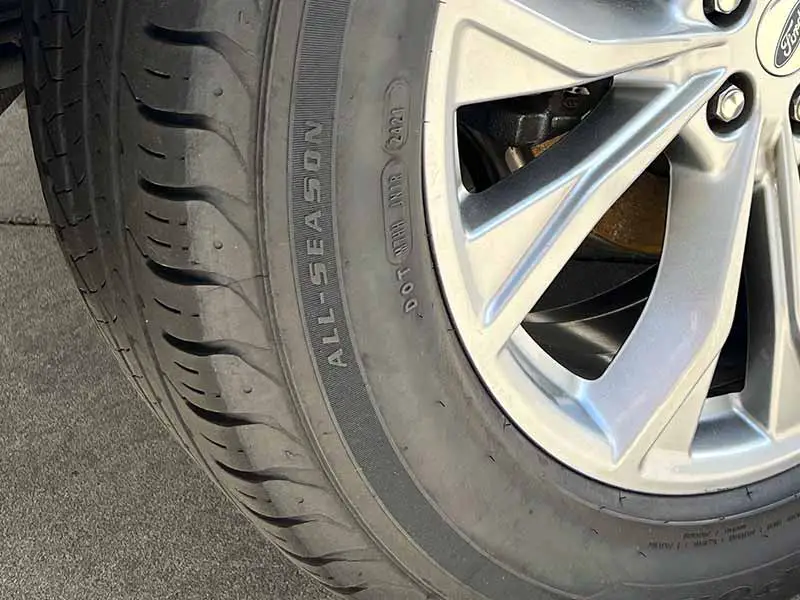
The M+S Significance
First things first, “M+S” stands for “Mud and Snow”. When you see this on a tire, it’s telling you that the tire has been designed with specific features suitable for tackling those less-than-ideal driving conditions, namely – you guessed it – mud and snow.
This symbol is more than just a fancy tire tattoo. It’s a sign that the tire has:
- Tread patterns that are designed to help shovel through the mud and snow
- Bigger gaps between tread blocks (those are the raised parts of the tire tread that touch the road)
- More siping (the small slits in a tire that improve traction on wet or icy surfaces)
Here’s a nugget of trivia to impress your friends at the next car meet: The U.S. Department of Transportation (DOT) requires that for a tire to carry the M+S symbol, it must have at least 25% more “void” (that’s the space between those tread blocks I mentioned) than a regular street tire.
So, if you’ve got a truck, SUV, or even a rugged sedan that likes to wander off the beaten path (or onto snowy roads), mud and snow tires can be a great choice. They are like that reliable, adventurous friend who’s always up for an impromptu mountain hiking trip. They won’t back down when the terrain gets a bit challenging or the weather goes south.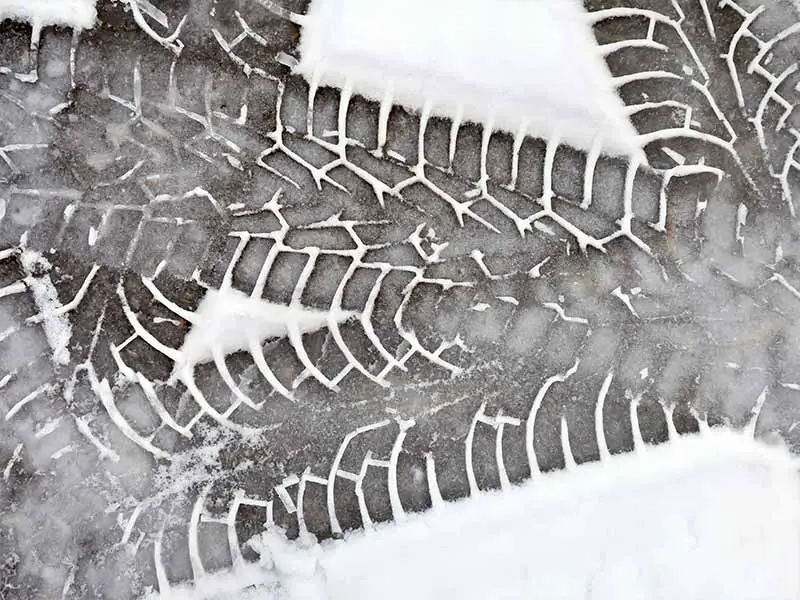
M+S Tires: All-Season or Not?
Fasten your seatbelts, tire enthusiasts! We’re going to dive into a bit of a tricky topic: are mud and snow tires considered all-season tires? You’ve probably heard different things from different folks, but let’s try to clear up some misconceptions.
You see, mud and snow tires are indeed a kind of all-season tire. They’re like a special team within the all-season tire world, equipped with extra skills to handle some mud and snow better than a regular all-season tire.
Think of all-season tires as the jack-of-all-trades. These champs are designed to tackle various road conditions – from sunny days and rainy afternoons to even light snow. They aim to give you a balanced performance year-round in moderate climates.
And where do our M+S heroes fit in? Here’s the breakdown:
- Mud and snow tires are like all-season tires with a bit of an edge. They are designed to provide you with better traction in mud and light snow compared to regular all-season tires. It’s kind of like how a Swiss Army knife is a regular knife, but with a few extra handy tools for those special situations.
- While mud and snow tires do perform well in mud and light snow conditions, keep in mind they’re not a full-blown winter tire. For extreme winter weather, there are dedicated winter tires that perform better.
- Similarly, they’re not the same as mud-terrain tires designed for heavy off-road use. But they can handle some light mud from dirt roads and light off-roading needs, better than a standard all-season tire can.
It’s kind of like a crossover SUV. It can handle city driving, highway cruising, and even some light off-road action. But if you’re going rock crawling or racing around a track, you’ll need a specialized vehicle for those conditions.
So yes, mud and snow tires are a subset of all-season tires, geared to provide some extra traction in certain conditions like mud and light snow. But remember, while they’re more versatile than standard all-season tires, they’re not intended to replace dedicated winter or off-road tires for more extreme conditions.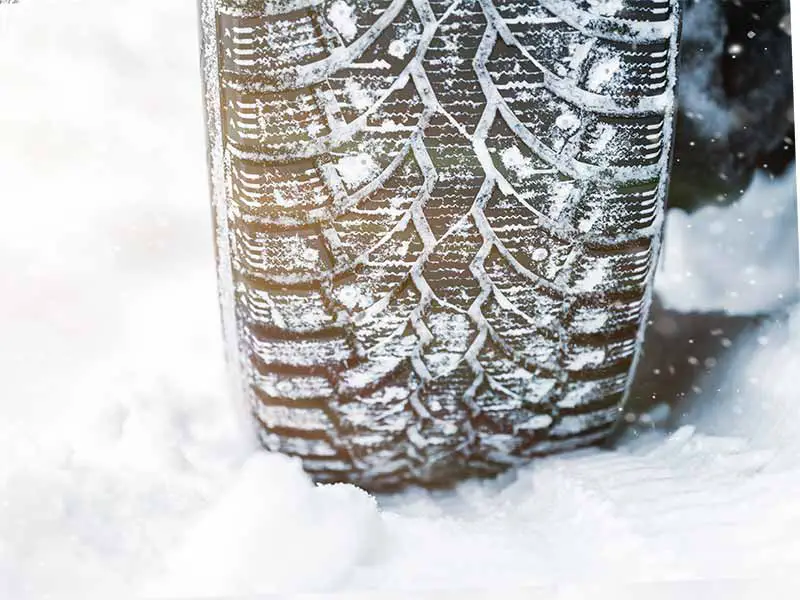
The Winter Performance of M+S Tires
Since M+S stands for “Mud and Snow”, and that certainly implies they have some chops when it comes to tackling cold, white stuff. Let’s dig a little deeper, though.
Yes, you can use mud and snow tires in winter. These bad boys are designed with features like larger gaps between the tread blocks and extra siping (those cool little slits in the tire) to help improve traction in light snow conditions. Imagine them as your reliable buddy who’s always prepared for a chilly walk in the park – they’ve got you covered!
- However, while mud and snow tires do offer better snow performance than your standard all-season tires, they are not a complete substitute for dedicated winter tire. Dedicated snow tires have special rubber compounds that stay flexible in freezing temperatures and deeper tread designs for better winter traction in deep snow. They’re like a polar explorer, kitted out with all the specialist equipment for the extreme cold!
- Mud and snow tires might struggle in severe winter conditions. So, if you live in an area that frequently gets heavy snow or ice, it’s probably best to invest in a set of dedicated snow tires. Think of it like this: while your all-weather jacket is fine for a bit of rain or wind, you’d probably want something more robust for a trek to Antarctica!
- What about driving mud and snow tires on snowy roads? While they can handle some snowy conditions, remember that driving safely in winter isn’t just about your tires. You also need to adjust your driving habits – that means slowing down, keeping a safe distance from other vehicles, and avoiding sudden stops or turns.
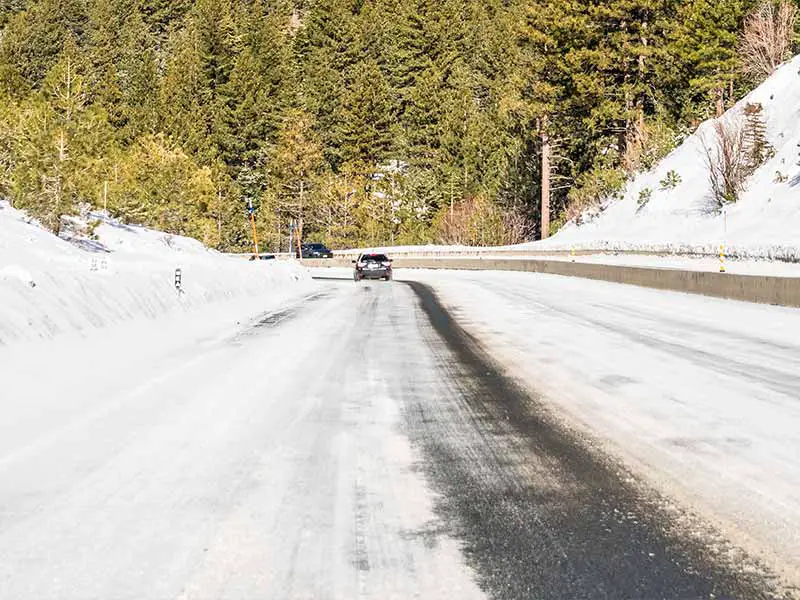
The Ice Handling Capabilities of M+S Tires
Let’s talk about something that gives even the bravest drivers the shivers: ice. Can mud and snow tires handle those slick, icy conditions that winter sometimes throws at us?
- First off, remember that mud and snow tires do have some features designed to help with traction in slippery conditions. Those bigger gaps between tread blocks and more siping (those tiny slits in a tire) can provide better grip on slick surfaces. It’s kind of like wearing shoes with good grips when you’re walking on a slippery surface – they can definitely help!
- However, (and this is a big however) while M+S tires can perform better on ice than regular all-season tires, they’re not the same as specialized winter tires. Winter tires are made with special rubber compounds that stay flexible even in freezing temperatures, providing better grip. Plus, many winter tires have tiny metal studs embedded in the tread that can dig into ice, providing even better traction. They’re like ice cleats for your car!
- In other words, if you live in an area where icy roads are a regular part of winter, you might want to consider investing in a set of studded winter tires. It’s like having a set of ice skates for those really icy conditions – they’ll provide the best grip and control.
- Now, if you find yourself driving on icy roads with mud and snow tires, remember: even the best tires can’t overcome the laws of physics. Driving safely on ice requires careful, slow driving, keeping a safe distance from other vehicles, and avoiding sudden stops or turns. It’s like walking on an icy sidewalk – you need to take your time and be careful not to slip!
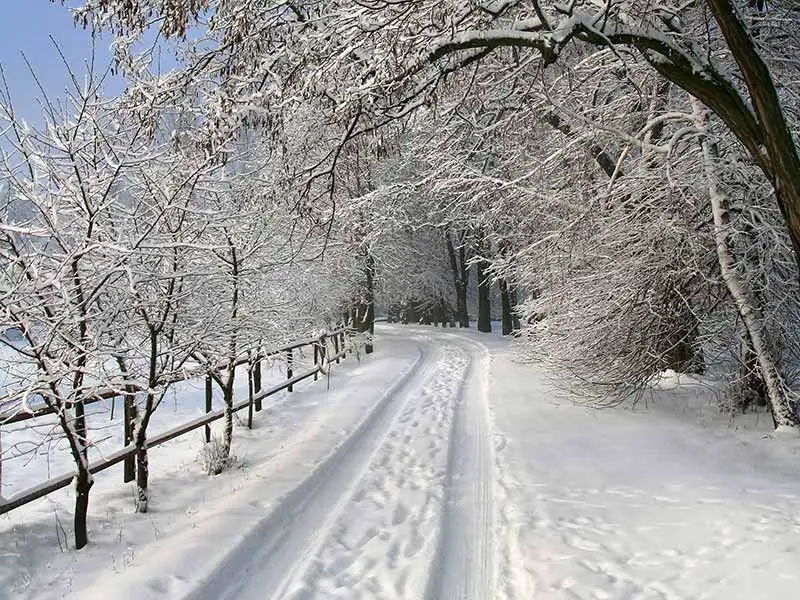
M+S Tires vs. Snow Tires
Now we’re getting into the nitty-gritty of M+S tires versus snow tires. Are they the same? If not, how do they differ? And most importantly, which one should you choose for your vehicle?
- Let’s clear this up right off the bat: M+S tires and winter tires are not the same. While they both have features designed to help tackle winter driving, they serve different purposes. Think of them as different tools in your toolbox – they both have their uses, but one might be better suited to the job depending on the circumstances.
- Mud and snow tires are a type of all-season tire with a bit more muscle when it comes to mud and light snow conditions. They have larger gaps in the tread blocks and more siping (those thin slits in the rubber surface) which can give you more traction than your regular all-season tire when things get a bit messy.
- Winter tires, on the other hand, are like the heavy-duty snow plows of the tire world. They’re designed specifically for serious winter conditions – we’re talking deep snow, packed snow traction, slush, and ice. They have specially formulated rubber compounds that stay flexible in cold temperatures, and often have even more aggressive tread patterns to handle snow and ice. Some even have metal studs for extra grip!
- It’s a bit like comparing a sturdy pair of winter boots (M+S tires) to a pair of high-tech mountaineering boots (winter tires). Both can handle cold and slippery conditions, but if you’re climbing up a snowy mountain, you’d want the extra features of the mountaineering boots.
- Choosing between M+S and winter tires really comes down to your specific driving needs. If you live in a place where winter means light snow and a bit of mud, M+S tires might do the trick. But if winter in your area means deep snow, lots of ice, and freezing temperatures, you’re likely better off with winter tires.
M+S Tires and the 3PMSF Symbol
Hey again, tire aficionados! Now, let’s talk about a little symbol you might have seen on some tires: the 3PMSF, or Three-Peak Mountain Snowflake. What’s the connection between M+S tires and this symbol? Are they the same thing? Let’s demystify this tire lingo together!
- M+S and 3PMSF are not the same thing. They’re two different ratings that give you information about a tire’s performance in winter conditions.
- M+S tires, as we’ve talked about before, are designed to give you better performance in mud and light snow than standard all-season tires. But keep in mind, the M+S rating is based on the tire’s tread design and not its actual performance in snow.
- The three-peak mountain snowflake symbol is a bit different. It looks like a little mountain with a snowflake in it, and you’ll see it on some tires. This symbol means that the tire has been tested and certified to perform well in severe snow conditions. It’s like a badge of honor for a tire, showing that it’s passed rigorous tests for snow performance.
- The 3PMSF symbol is more stringent than the M+S designation. A tire can have an M+S rating without the three-peak mountain snowflake symbol, but if it has the 3PMSF symbol, it also qualifies as an M+S tire.
- Picture it like this: M+S tires are like your sturdy winter boots, ready for some snow and mud. Tires with the three-peak mountain snowflake symbol are like high-performance snow boots, proven to handle even the toughest snowy conditions.
- When choosing between M+S and 3PMSF tires, consider your typical driving conditions in winter. If you frequently encounter severe snow conditions, a tire with the 3PMSF symbol might be the better choice. But if you only have to deal with light snow and mud, M+S tires could be sufficient.
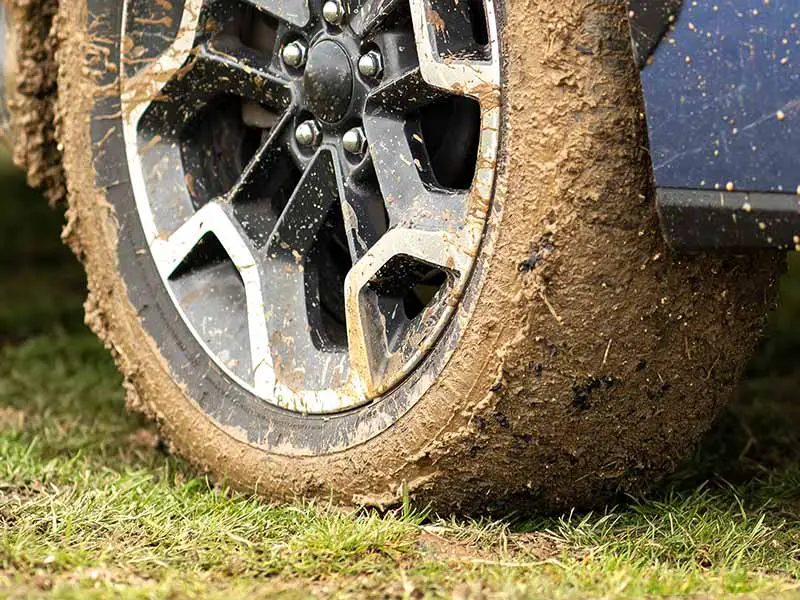
Using Mud and Snow Tires in Summer
Now that we’ve tackled winter, let’s change gears and talk about summer. Can you use M+S tires when the sun’s shining, the days are long, and the snow’s a distant memory? Let’s find out!
- Yes, mud and snow tires can be used in the summer. Remember, mud and snow tires are a special type of all-season tire. That means they’re designed to handle a range of road conditions, and yes, that includes dry and wet roads during summer. They’re like that friend who’s always up for a beach day, a hike, or a snowball fight – versatile and reliable!
- That said, while these tires are designed to tackle a variety of conditions, it doesn’t mean they’re the absolute best in all situations. In the heat of the summer, mud and snow tires might not perform as well as summer tires on dry or wet pavement. Why? Well, summer tires are made with a special rubber compound that stays firm in high temperatures, and they usually have tread patterns designed specifically to handle hot, dry pavement or wet roads after a summer thunderstorm.
- It’s kind of like choosing between hiking boots and flip-flops. Your hiking boots (like the M+S tires) can handle a variety of terrains – sand, grass, mud, and light snow. But if you’re just hanging out on the beach on a hot day, flip-flops (like the summer tires) might be more comfortable.
- Of course, the decision to switch to a summer tire depends on several factors, including your driving habits, where you live, and how much you want to invest in your tires. If you drive a lot on hot, dry pavement, and you want the best performance and safety, it might be worth considering a set of summer tires. But if you’re looking for a good all-round tire that can handle some summer sun as well as a bit of winter chill, M+S tires could be a great fit.
Resources
Below are some links you may find helpful when learning about tires
Final Thoughts
We’ve completed our journey into the heart of the M+S tire mystery. No more tire riddles, secret languages, or tire societies. We’ve explored the full terrain of M+S tires, from the mud and snow they’re named for, to their performance in different seasons, right down to the nitty-gritty of their relation to the 3PMSF symbol.
Our key takeaway? M+S tires are versatile, designed to give you a better grip in light snow and mud compared to regular all-season tires. But remember, while they’re more robust than standard all-season tires, they’re not the same as specialized winter or snow tires. The right choice always depends on your specific driving needs and the typical conditions you encounter.
Good luck and happy motoring.
